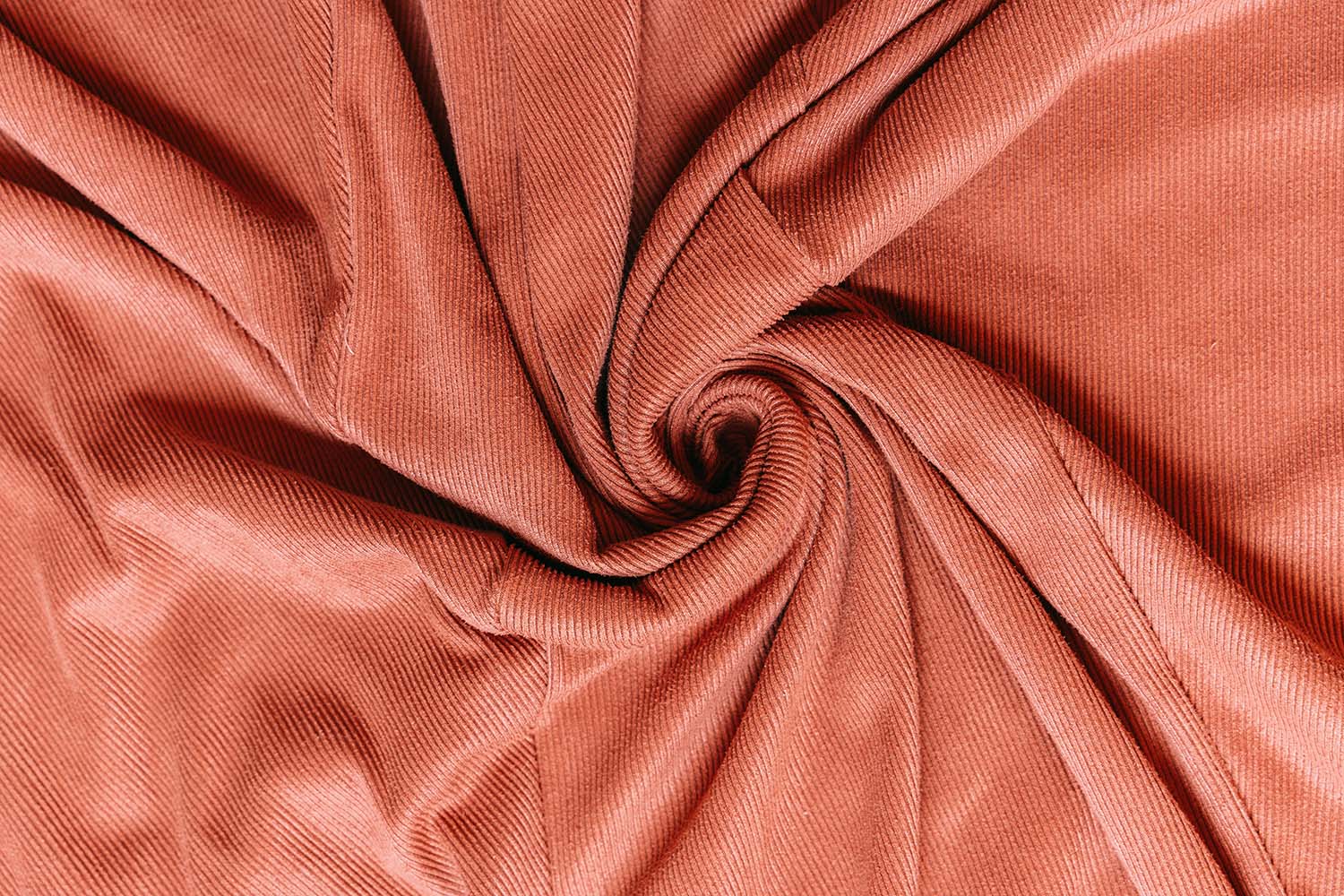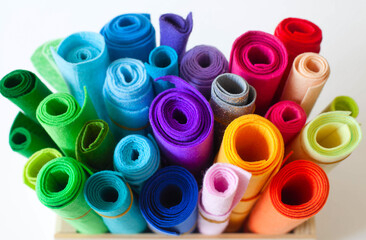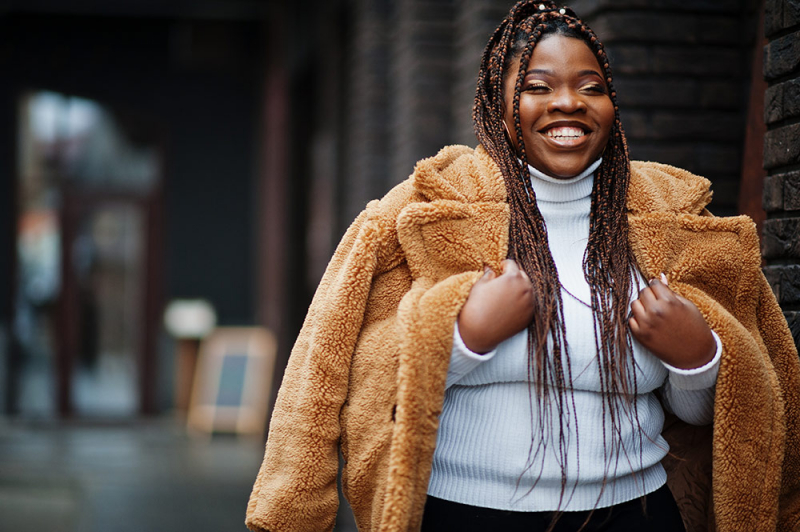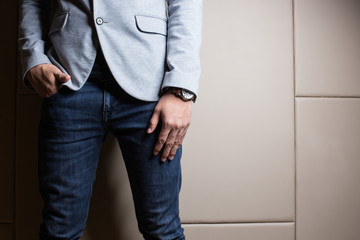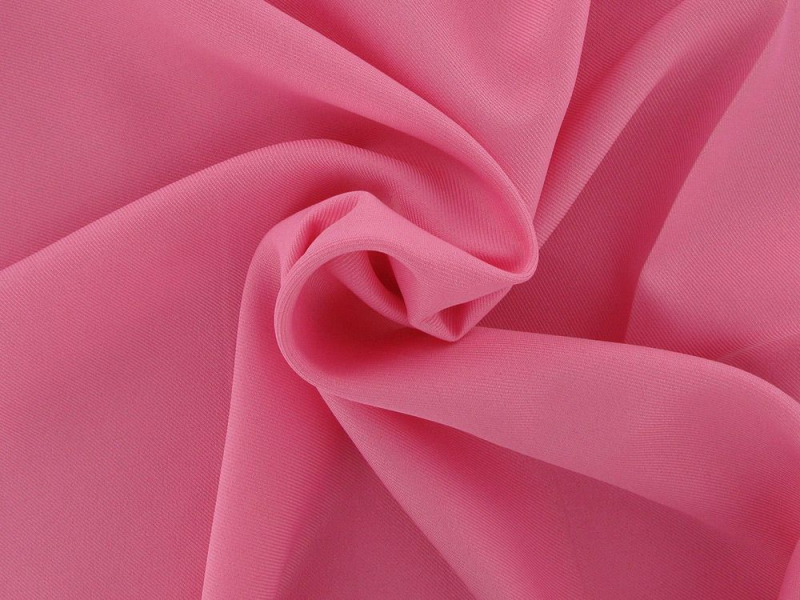6 Autumn and Winter Fabric Trends to Watch Out For
As the summer finally winds to a close, we look forward to cooler temperatures and a host of different fabrics making a return. Lots of materials rise in popularity in the autumn and winter months. So, what are some of the fabric trends you should watch out for?
Let’s take a look.
Tartan
Tartan wool has long been used in colder climates like Scotland, often being the material featured in traditional kilts and other fashion items. As a result, most of us will probably have acquired a tartan scarf as a Christmas present.
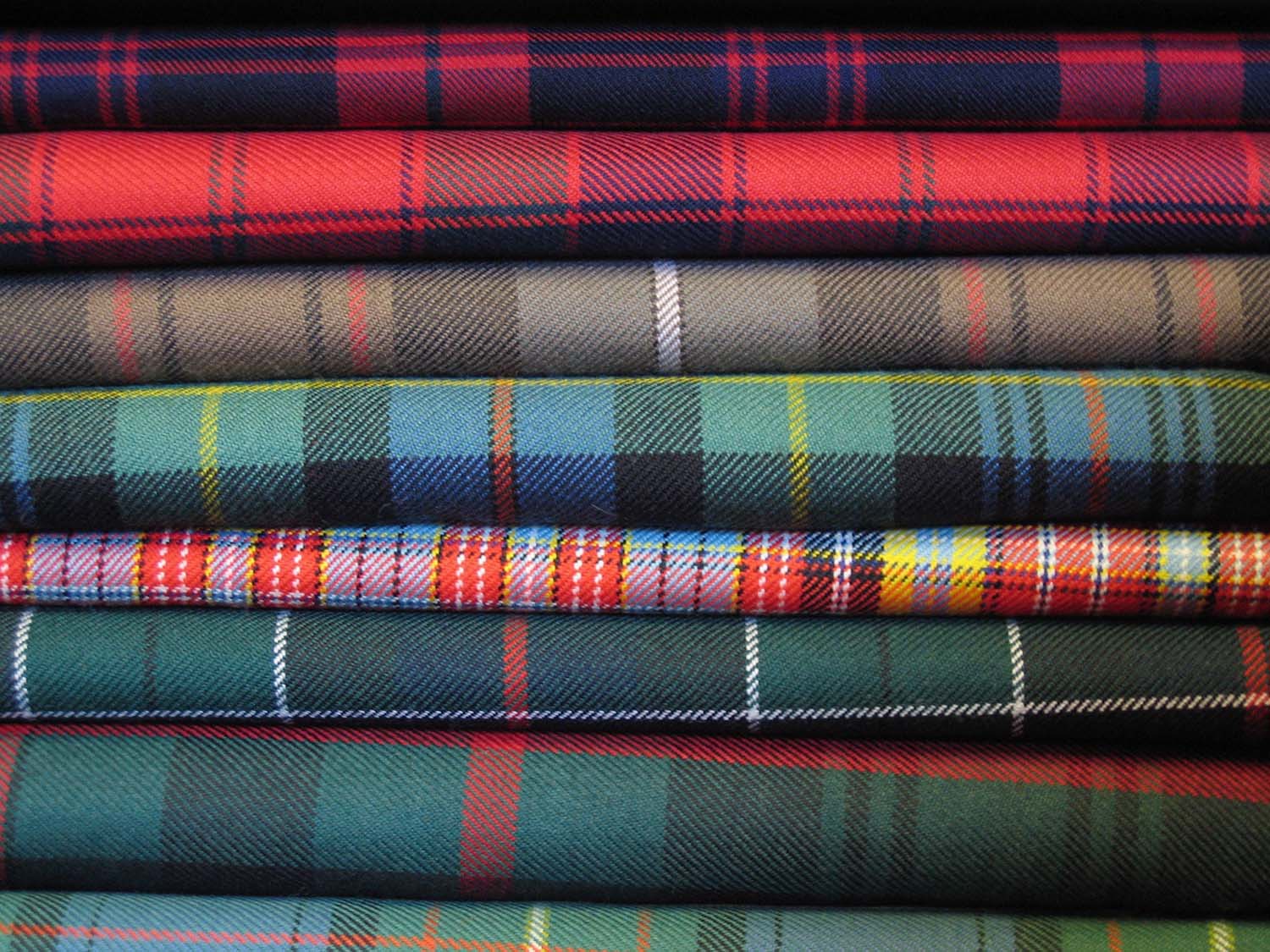
What is tartan?
So, tartan is a patterned cloth which consists of crisscrossed bands in multiple colours. Tartan originated as a form of woven wool but now comes in other materials.
Why wear tartan?
People like to wear tartan clothing because it’s warm, brightly coloured, and comfortable. It’s perfect for the winter, especially the thicker wool types.
Tweed
Tweed is a rough woven material that is associated with aristocracy and refinement. It’s a somewhat formal fabric, often seen in jackets and trousers. Tweed has heavy usage in England, particularly in rural areas.
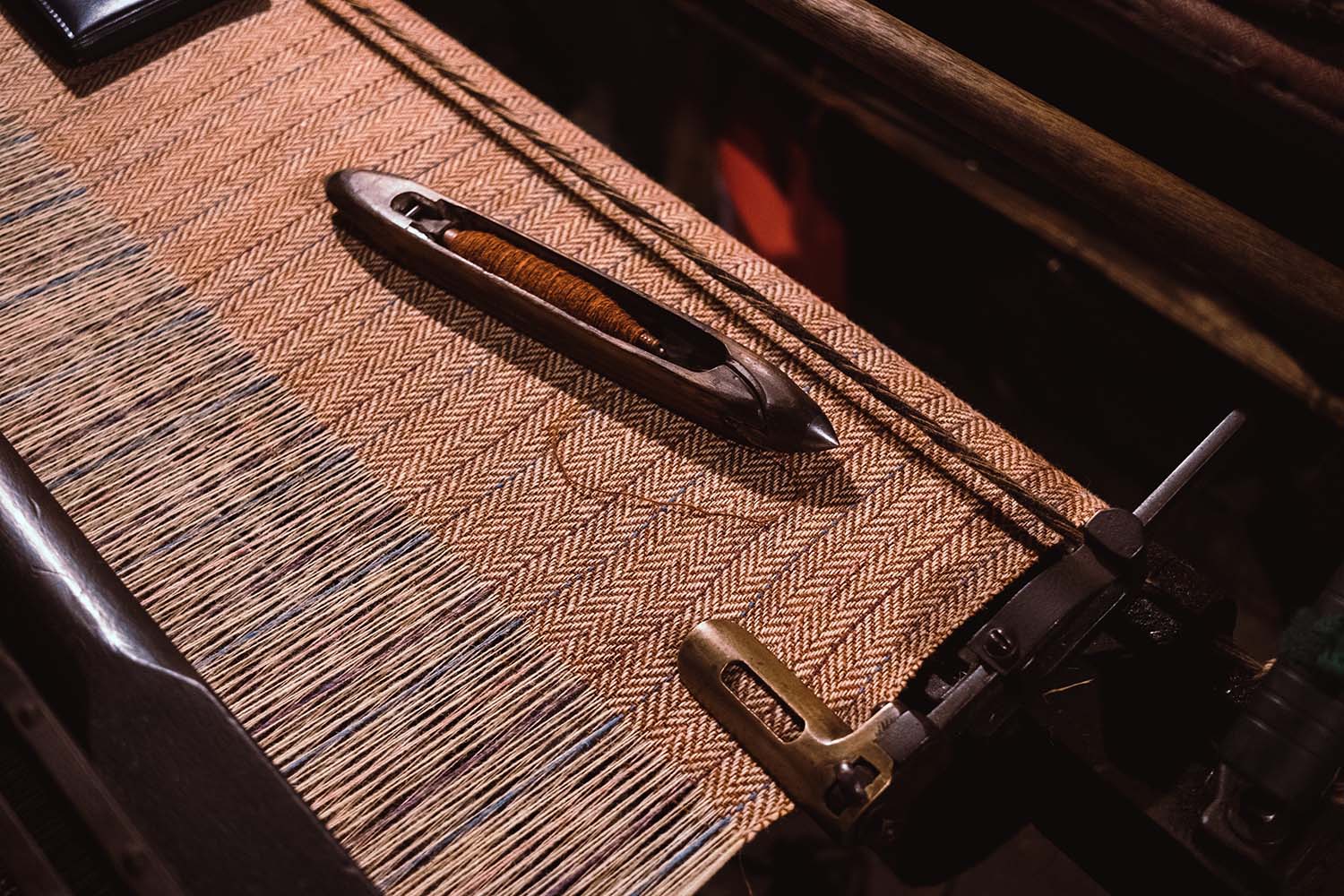
What is tweed?
Tweed is a woollen fabric which features a flexible and open texture. Tweed comes in many forms - it is typically woven as either a plain weave, twill or herringbone structure. You can get different colours by mixing different wool colours in the spinning process.
Why wear tweed?
Despite being a rough fabric, tweed is quite flexible and can be very warm. This makes it a good choice in autumn and winter because it helps to offer up some protection from the cold. Plus, it comes in a range of colours suitable for the season.
Velvet
As the unofficial fabric of autumn and winter, velvet has a place in seasonal trends due to its comfort and sophistication.
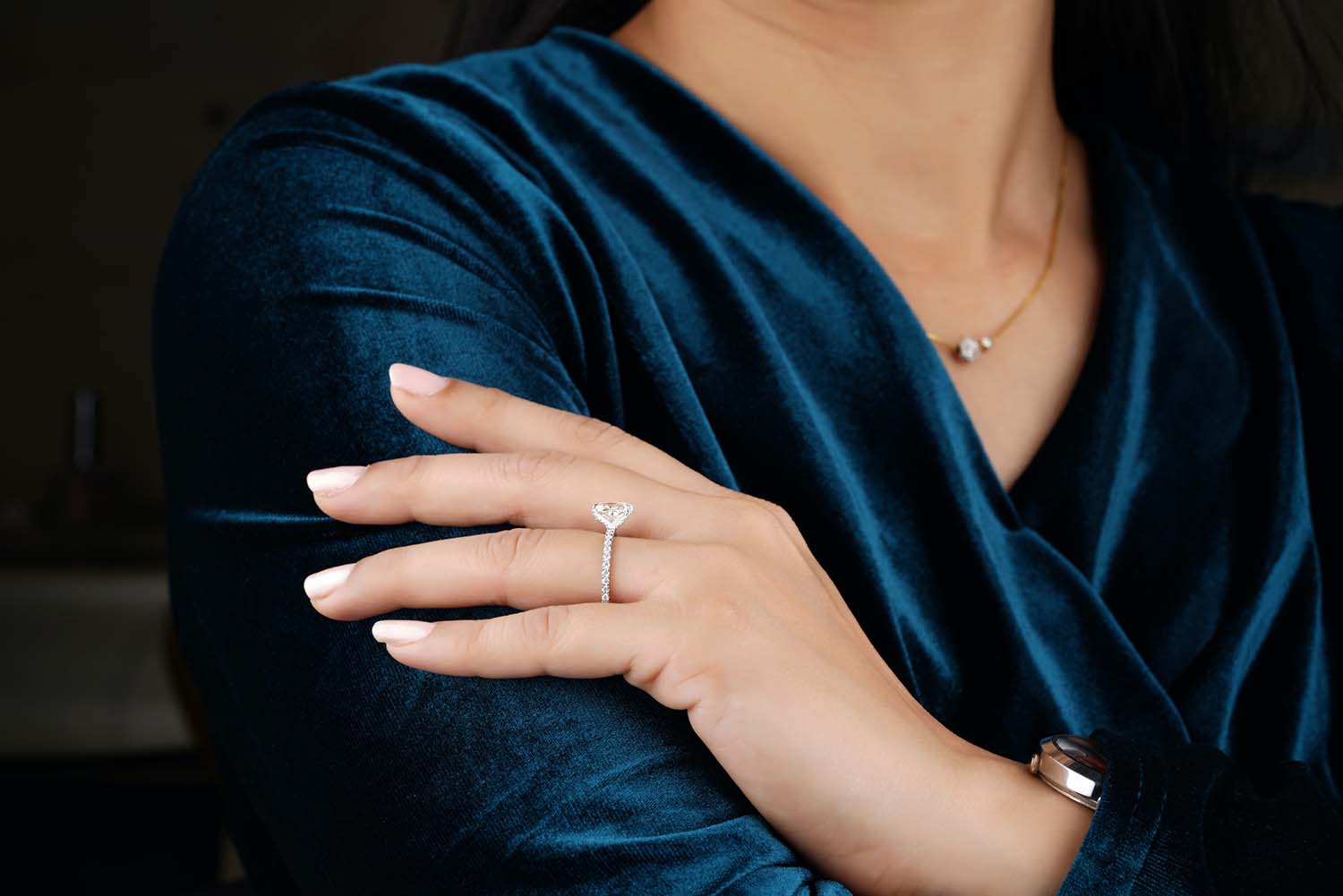
What is velvet?
Velvet has a short, dense pile, often used in upholstery and clothing. It is made in a pile weave of silk, cotton, and even synthetic fibres. Plus, this material is characterised by a soft, downy surface giving it a distinctive feel.
Why wear velvet?
Velvet is not only beautiful to look at - it’s warm too. This makes it a good choice for fashion-conscious people around autumn and winter.
Denim
Denim is the ultimate tough and rugged material. There isn’t much that denim can’t do - it’s reliable, good for warmth, and robust. So it’s a great fashion choice for colder weather. Although, it’s best not to get denim too wet, as it takes a while to dry out.
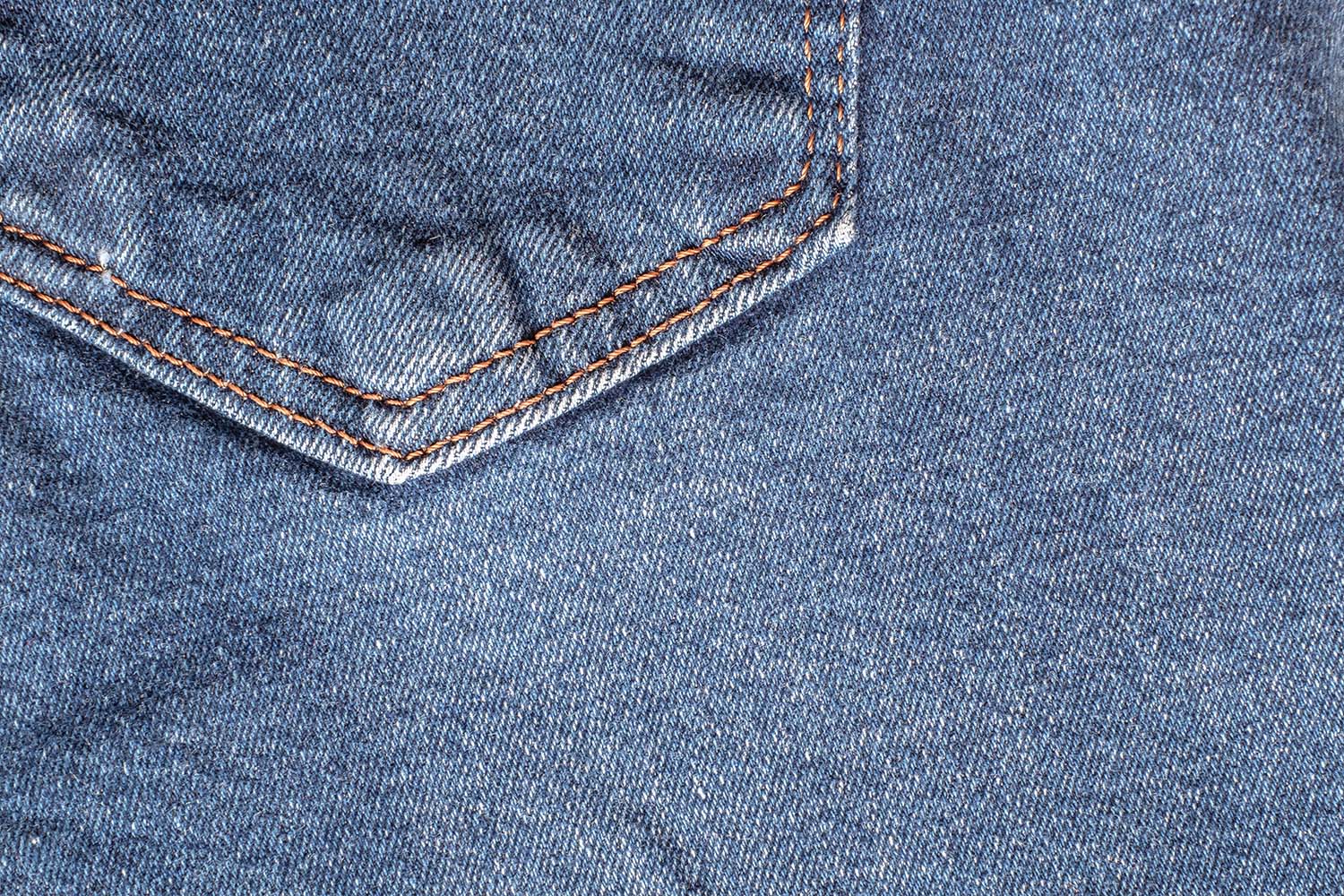
What is denim?
Denim is a strong, durable cotton fabric made using a twill weave. This weave creates a subtle, distinctive diagonal ribbing pattern.
Why wear denim?
Denim is tough and lasts for many years. It’s rugged and can stand up to the weather. So, it’s an excellent choice for anyone needing something reliable and fashionable.
Fleece
Made for insulation and warmth, fleece is a good choice in the autumn and winter as an underlayer to a waterproof coat. It’s got a very distinctive texture, too.
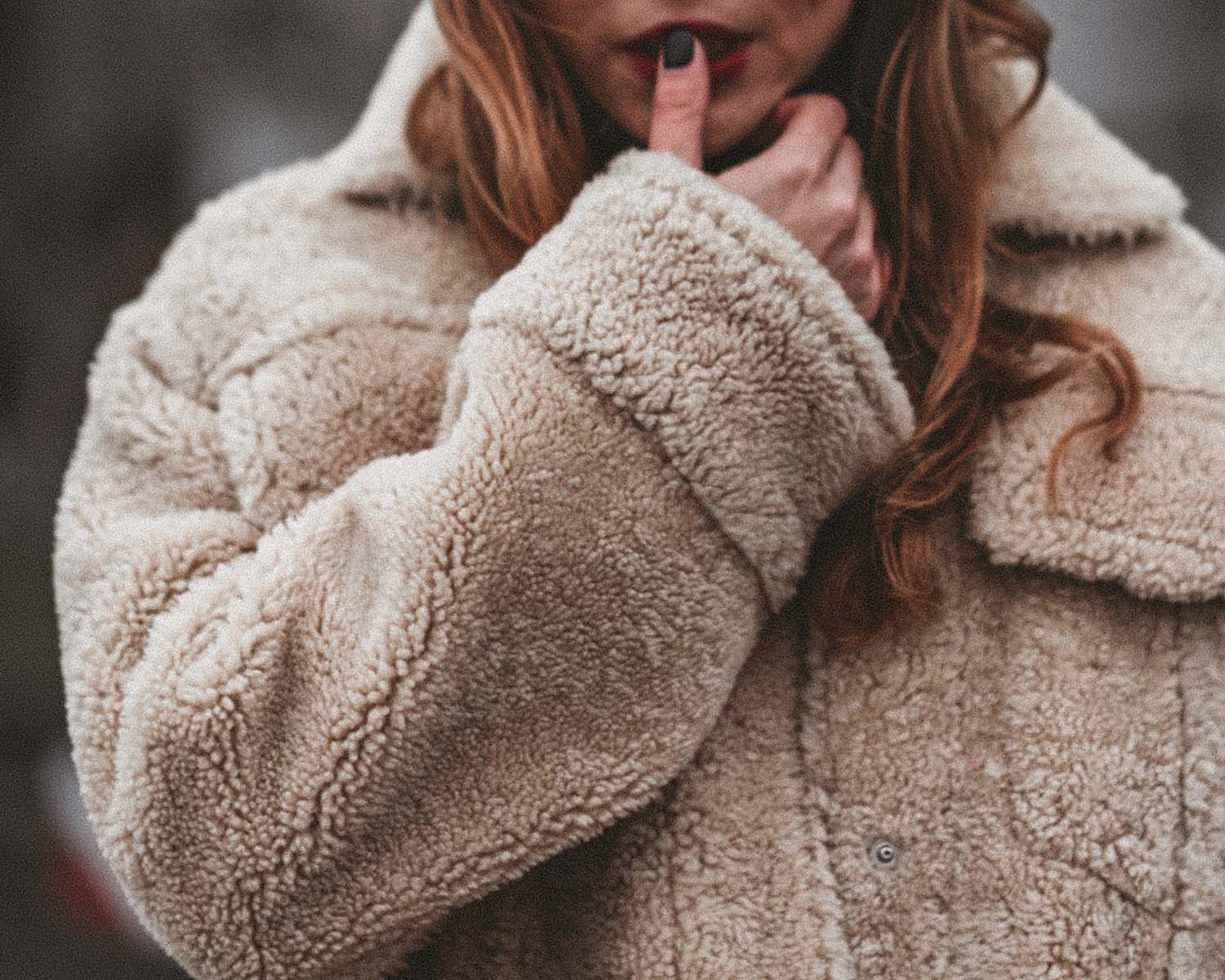
What is fleece?
Fleece is an insulating fabric made from polyester. Other synthetic fibres can be used. In addition, natural fleeces are also created from wool.
Why wear fleece?
Fleece is a comfortable and popular choice due to being lightweight and anti-perspiring. It lets moisture evaporate quickly and blocks out the humidity, making it suitable for temperature control.
Corduroy
With a unique texture and appearance, corduroy is a fun fabric which is good for the winter at the same time as being lightweight enough for summer.
What is corduroy?
Corduroy is a fabric which is a distinct cord-like texture, hence the name. Modern corduroy is made up of tufted cords, which look like they have a channel between them. Modern types of material look like many cords laid parallel together.
Why wear corduroy?
Corduroy is thick, warm and durable. That makes it a good choice for people looking to wear something different but still practical for winter.
There are lots of fabrics and designs out there that you should consider for the coming season. These are all materials which give you plenty of fashion options, so it’s worth experimenting with different textures and colours. A typical winter wardrobe will probably use all of them, making each super versatile. Check out a selection of autumn/winter fabrics for more inspiration.

